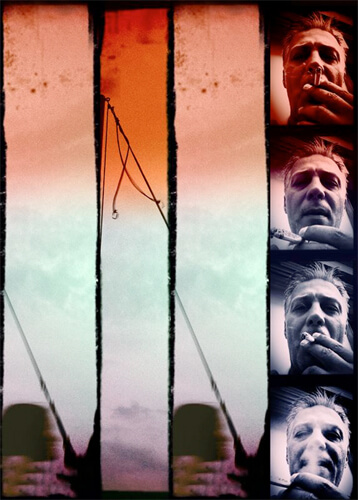I was born in 1969, Celje; this is where I live. I have held some solo and several group exhibitions at home and abroad.
I have received several Slovenian and international awards and prizes for my photos. Some nominations and awards: PX3 2009, 2010, 2011 (official selection), 2012 ; Black & White Spider Awards 2010, 2011; Photography Master Cup 2010; IPA International Photography Awards 2010, 2011, 2012; Photographic association of Slovenia -Photography of the year 2007, 2008, 2009; EMZIN Photography of the year 2010, 2012, 2013; Art of Photography 2012
Today, the political permeates most practices in the everyday of an individual who both executes and produces them and only rarely (in most cases) questions and examines their origin. The complex array of topics pertaining to the notion of the political affect the individual from cradle to tomb without (in most cases) the individual's awareness thereof. All these practices and ideas which are in constant conflict are translated and assimilated via various fields into the individual's everyday. One such field is photography whose very power lies in being politically incorrect in practice. Only thus can it be morally and ethically pure – a factor of reflection and promotion of awareness.
